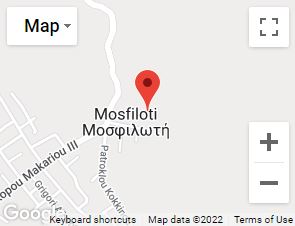Old Church of Agia Marina
The old church of the village is located right in the centre of the village and it is dedicated to Agia (Saint) Marina. According to an English traveler, the church was initially dedicated to Agia Paraskevi.
Unfortunately, the exact construction date of the church is not known as the information given is inconsistent. Some researchers however, based on the portable icons of the iconostasis, estimate that it was built around the middle of the 17th century. The church was renovated at the end of the 20th century, in 1990.
It is a church built with slightly processed local stone, and that is why the walls are one meter and twenty centimeters wide. Before the renovation, the church was five meters long and three and a half meters wide. After the renovation in 1990, the church was elongated at its west part and that is why the church today is almost ten meters long.
It is worth mentioning that during the renovation, remains of murals were found on the north part of the church, namely where the icon of Saint Marina is locate. Researchers noted that there is paint colour and hairs from paint brushes on some of the rocks of the wall.
The icons that decorate the interior part of the church have been created by deacon Philaretos around 1680 or a bit later. Fortunately, all icons were restored in 1990 and that is why they are in perfect shape.
Source:
Petrou Varnavas
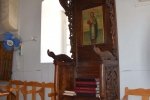
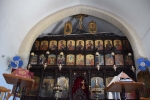
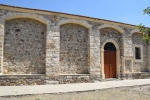
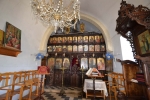
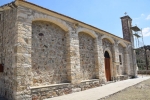
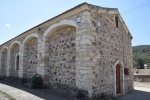
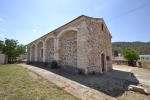
New Church of Agia Marina
The construction of the new and bigger church dedicated to Agia Marina took place during the 1980’s. The construction of the church was considered necessary right after the 1974 invasion, when many refugees from the occupied village of Lysi settled in the village. Priest Michael Constantinou and the residents of the village contributed to the construction of the church.
It is a church with capacity for two hundred people. The interior of the church is decorated with murals, created by Alkis Kepolas from Athienou, who began his work in 1991, after donations made by pilgrims.
There is a Holy Bible Reading once a week at the church and sermon right after Mass each Sunday. Moreover, the church is visited by 70 children aged between 6 and 18 years old that attend Sunday School.
Finally, it must be noted that the ecclesiastical committee has founded a charity board and schedules the establishment of a Community Spiritual Centre, so as to secure the spiritual and cultural heritage of the village by transmitting knowledge and values.
Source:
Petrou Varnavas
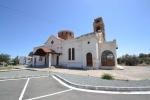
Agias Theklas Monastery
Click here for more information.
Chapel of Agios Georgios
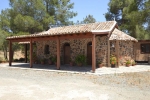
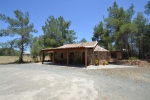
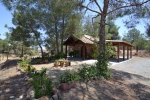
Holy Water of Agia Marina
The first cemetery of the community was situated in the churchyard until 1940. It was then deserted and transferred near the place where, according to tradition, Saint Marina hallowed. This location is now called Agiasmata (‘holy waters’), due to the creek of Saint Marina’s holy water that used to run from there all year round. It has now gone dry, probably because of the afforestation of the area. It only runs during the summer months. The ecclesiastical committee and the community council wish and try to embellish this location.
During periods of drought, people used to pray for rain at Agiasmata. What is more, people who wanted to offer an oblation to Saint Marina tied pieced of cloths on the branches of trees located in the area.
Source:
Petrou Varnavas
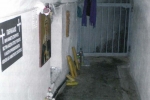
Mitropoli Trimythountos
Click here for more information.

